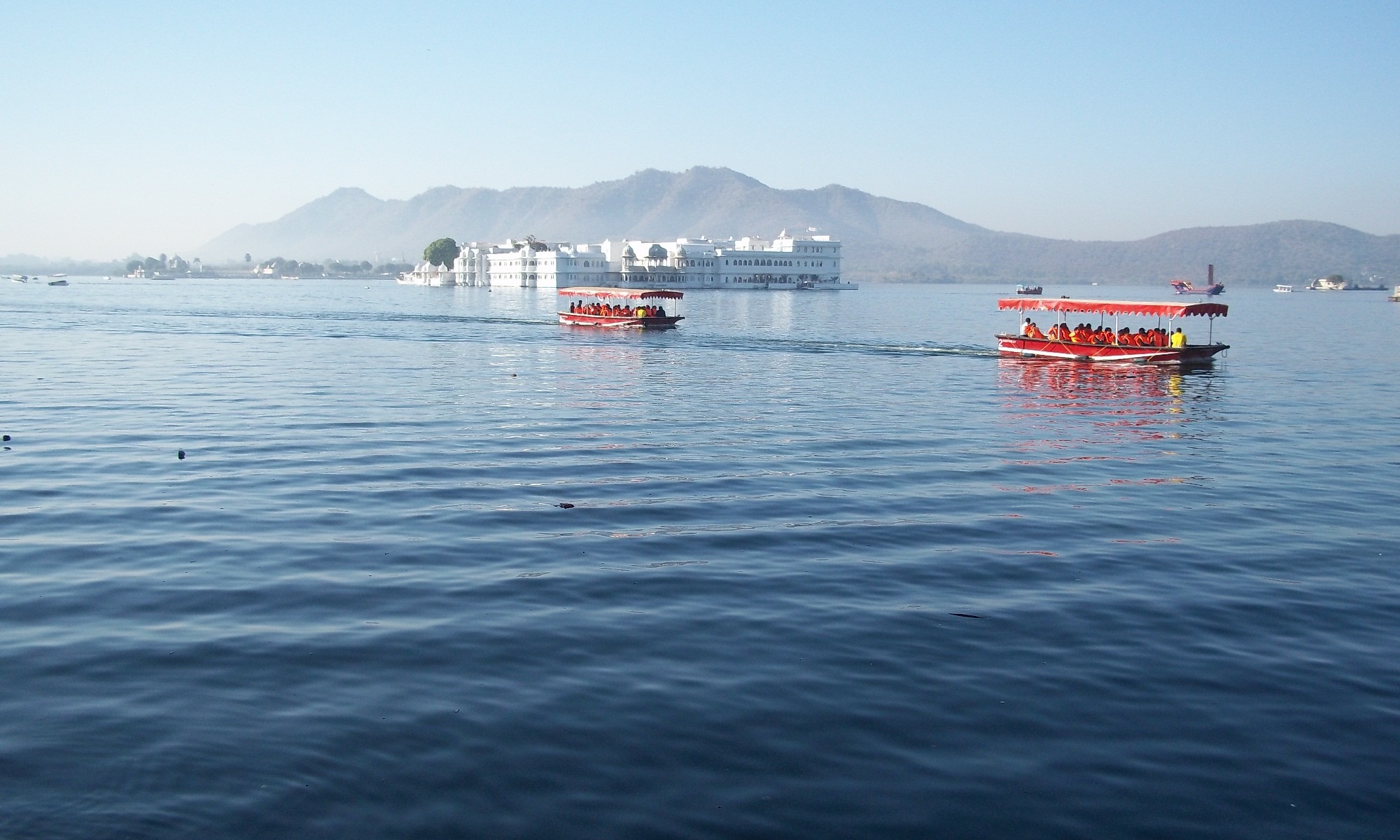Capital: New Delhi
Area: 3.3 million sq kms
Population: more than 1 billion
Religion: Hindu 81.3%, Muslim 12%, Christian 2.3%, Sikh 1.9%, others 2.5%
Languages: Hindi (official), English, Bengali, Telugu, Marathi, Tamil, Urdu, Gujarati, Malayalam, Kannada, Oriya, Punjabi, Assamese, Kashmiri, Sindhi, and Sanskrit.
Time: GMT + 5 hours 30 minutes
Currency: Rupee
Measuring System: Metric (kilometres for distance, kilograms for weight, centigrade for temperature)
International Dialling code: 00 91
Driving: Left side drive
Currency:
The local currency in India is Rupee. The notes in regular circulation are in denominations of Rupees 10, 20, 50, 100, 500 & 1000. Being a partially controlled currency Rupees are not readily available outside India. All ports of entry in the country, however, have a 24-hour bank exchange counter immediately after Customs and Immigration, which will offer you the opportunity to buy some Rupees. These can also be bought in most hotels.
Cash withdrawals on credit cards from dispensing machines are also available in big cities but should not be relied entirely on for funds. Travellers cheques can be carried in Pounds Sterling or US Dollars and are accepted at banks and major hotels. Credit cards, preferably Mastercard or Visa, are accepted in major hotels, tourist shops and bigger restaurants.
Food and Beverages:
The diverse topography and cultural heritage of India is truly reflected in its cuisine. Majority of Indian are vegetarian and Dal Bhat – lentil soup served over boiled rice – still forms the staple dish. The non-vegetarian cuisines – most of them influenced by Mughal era – are widely available in most restaurants. You may also come across Chinese and other Oriental cuisines in many restaurants. Indians like their food spicy – though many international hotels tone it down to foreign palate. We suggest you to eat moderately for first few days until your body get accustomed.
Indian beer, gin and rum are of acceptable standard. However you may find imported liquor and wine quite expensive.
Clothing and Climate:
The weather in South India is even throughout the year, barring hot & humid months from May till July with November till February being best weather when humidity is lower. North India has very hot summer from May till July and then rainy months till September. October to April is the best time in North barring peak winter months (December-January) particularly in high altitude regions. Given the geographical diversity of India, the weather is pleasant in some part or other, making it round the year destination.
In general we recommend light cotton clothes during the day and light woollen for early morning and night. If travelling at high altitude or trekking, heavy woollen clothes will be required in winter months from December till February. For the sightseeing sessions you may find a good pair of sunglasses and a sun-hat handy. At some of the monuments/temples/mosques, it is advisable to avoid sleeveless tops and short skirts. You may also be asked to remove your shoes at some religious monuments.
Voltage: The electric voltage in India is 220 volts and pin holes are round.
